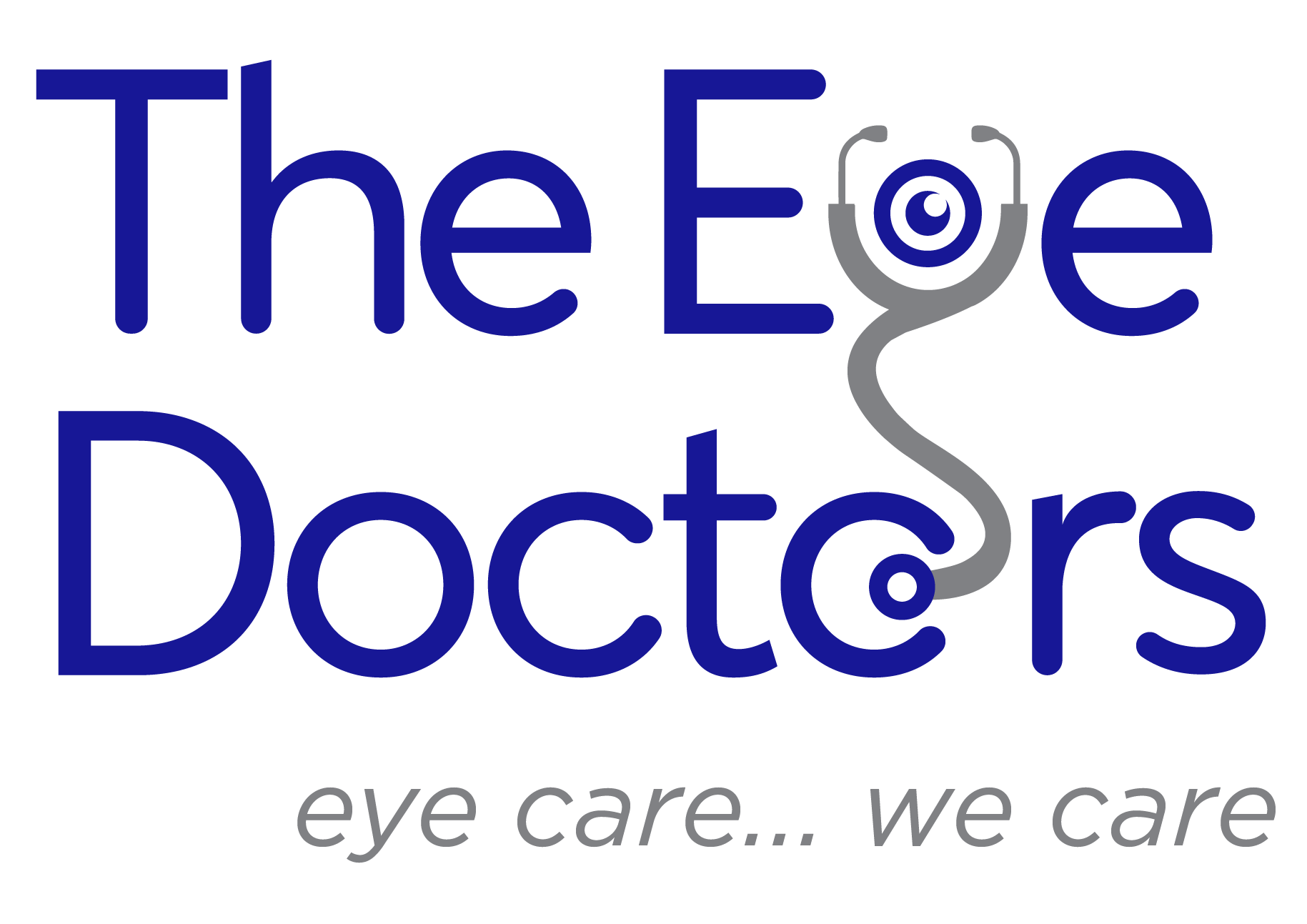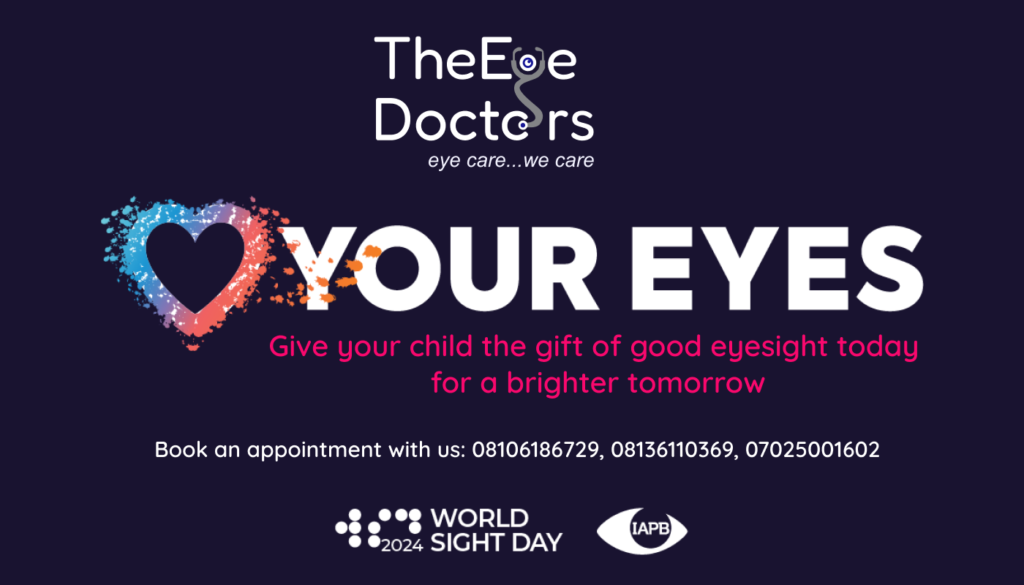Good vision is necessary for a child’s development, it influences how they learn, interact socially, and experience life. In our increasingly digital world, the importance of safeguarding children’s eye health cannot be overstated. Both their immediate enjoyment of life and their long-term well-being depend on it. The World Health Organization reports that millions of children globally struggle with uncorrected vision issues, highlighting the urgent need for awareness and preventative care.
One poignant example of how vision loss can affect a child’s future is the story of Tife James (not his real name), a young man now in his early thirties. Tife’s blindness wasn’t caused by genetics or superstitions; it was a result of missed opportunities for eye care. “I wasn’t born blind, and it wasn’t the work of ‘village people,’” he said, reflecting on his life. At 13, while attending school, Tife lost his vision to undiagnosed glaucoma. Despite shouting for help when he suddenly couldn’t see, it was too late by the time he received medical attention. As a result, he was unable to attend his preferred school and instead completed his education at Pacelli School for the Blind and Partially Sighted Children.
Stories like Tife’s fuel The Eye Doctors (TED) mission to make eye care accessible and affordable for all children. This year, we organized our annual Back-to-School free eye care program for children aged 3 to 16. Held in three of our clinics across Ikeja, Yaba, and Ajah from September 20 to October 20, the turnout was modest, but we remain hopeful that consistency will raise awareness and drive future participation.
Read also: Good eyesight could enhance a bright future for your child
While glaucoma is a feared condition, many other childhood vision problems—such as refractive errors, amblyopia, and strabismus—can be mitigated or even prevented if caught early. Simple treatments like eyeglasses or eye patches can make a lot of difference. Yet, stigmatization of these treatments still exists. It’s crucial that parents, guardians, and communities reduce the stigma surrounding corrective eyewear and encourage children to embrace these sight-enhancing tools.
World Sight Day is a vital reminder for all of us to prioritize eye health. This year’s focus is on children, who represent tomorrow’s leaders. Protecting their vision includes adopting simple practices such as taking breaks from reading and screen time, wearing protective eyewear during activities that pose risks, and limiting exposure to harmful UV rays by using sunglasses and hats outdoors. Additionally, avoiding harmful habits like smoking, which can impact eye health, is essential.
Early detection through regular eye exams is key. Parents should watch for warning signs such as frequent squinting, head tilting, trouble focusing, headaches, or a child’s avoidance of tasks requiring sharp vision. Prompt action such as visiting The Eye Doctors for a routine eye check can make all the difference.
Community-based health programs are also crucial, particularly in underprivileged areas with limited access to vision care. Collaborations between Organizations, Schools, community leaders and eye care professionals like TED, play a vital role in providing screenings and treatments to children who otherwise might be left behind.
Protecting children’s eyesight isn’t just about solving today’s problems—it’s about investing in their future. By ensuring regular eye exams, fostering healthy habits, and expanding access to quality eyecare, we can all play a part in safeguarding their sight for years to come. Good eyesight is a gift that should last a lifetime, and what we do today will help preserve their eyesight tomorrow.

